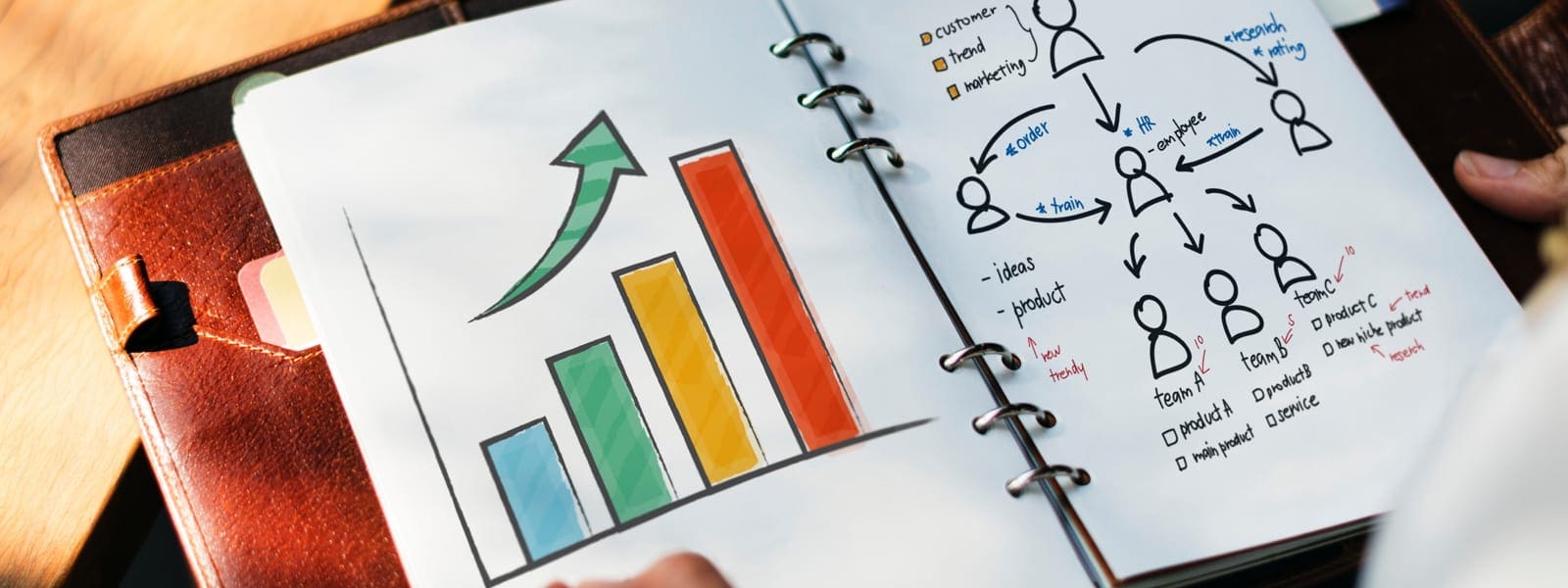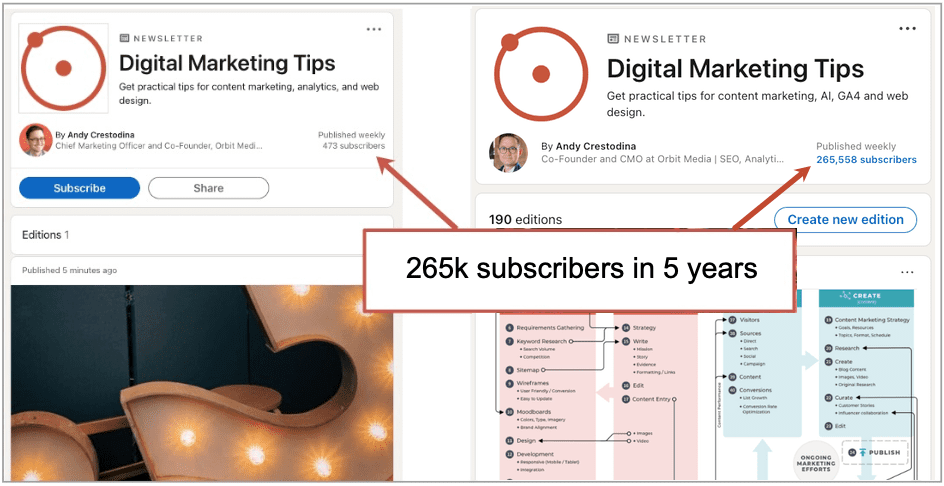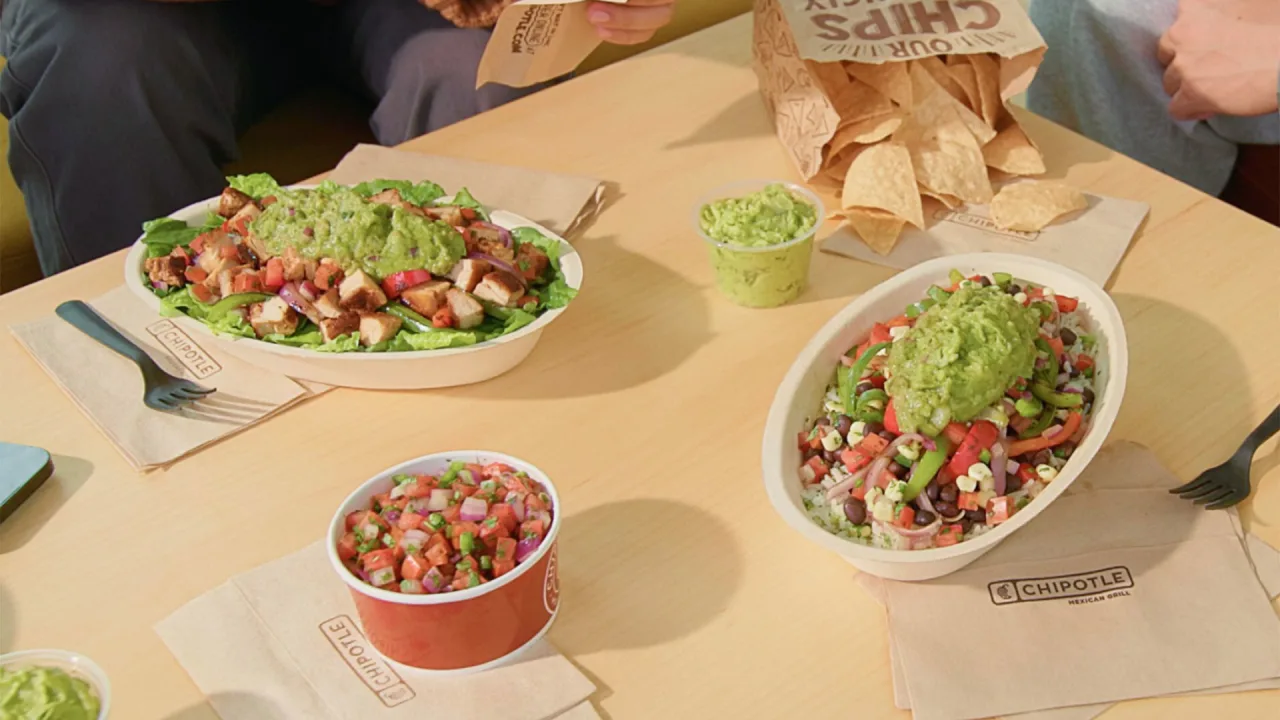Starbucks stock price is tumbling after the coffee giant shared ‘disappointing’ financial results. Here’s what to know
Shares in coffee giant Starbucks Corporation (Nasdaq: SBUX) are down significantly in premarket trading this morning after the chain announced its Q2 2025 earnings results yesterday after the bell. Those results were described as “disappointing” by Starbucks’s own CEO, Brian Niccol, and demonstrate that the company’s turnaround efforts still have a long way to go. Here’s the latest on Starbucks and what has investors nervous: Starbucks Q2 2025 results below expectations In January of this year, Starbucks announced its Q1 2025 earnings, in which it beat Wall Street expectations—a small win for the company and for Niccol, who joined as CEO from Chipotle Mexican Grill in the summer of 2024. But it’s not a win that was repeated in the company’s second quarter. Yesterday, Starbucks reported earnings for its Q2 of fiscal 2025. That quarter had 13 weeks in it and ended on March 30. Unlike the previous quarter, Starbucks did not beat Wall Street expectations. Wall Street analysts had expected revenue of $8.83 billion and an adjusted earnings per share (EPS) of 49 cents, according to Yahoo Finance. Instead, Starbucks posted the following: Revenue: $8.76 billion Adjusted EPS: 41 cents But the revenue and EPS miss isn’t what seems to be rattling investors most. That would be Starbucks’s disappointing comparable sales results. “Comparable sales” are a metric that looks at the sales of the same stores that have been open for at least a year. If comparable sales are increasing, that’s a good sign as it means the same stores are bringing in more customers, larger orders, or both. But if comparable sales are down, it suggests lower foot traffic or that customers are reducing the amount of money they spend at the store. Unfortunately for Starbucks, comparable sales in U.S. stores that have been open for at least a year fell during Q2—and it was the fifth straight quarterly fall of U.S. comparable sales. Starbucks says that U.S. comparable store sales declined 2% during the quarter, and U.S. comparable transactions were down 4%. It was a little better in China, however, which is the company’s second-largest market after the United States. In China, comparable sales were at least flat quarter-over-quarter. But you would be right to wonder if flat comparable sales in China could get worse, as consumer sentiment across the globe is increasingly becoming anti-American due to President Trump’s trade wars, which are leading to economic strife with America’s largest trading partners. Niccol seemed keen to paint a rosy picture of Starbucks’s operations and future in the country. As noted by Yahoo Finance, the Starbucks CEO said on the company’s earnings call yesterday, “I want to be clear that we remain committed to China for the long term. We see great potential for our business there in the years ahead, and remain open to how we achieve that growth.” “Back to Starbucks” . . . or not Late last summer, Niccol was brought on board at Starbucks as its new CEO in order to turn the struggling chain around. As part of that turnaround, Niccol unveiled the “Back to Starbucks” plan in which he implemented a number of changes, including a simplified menu and a controversial no-loitering policy. However, Starbucks’s latest Q2 results and the company’s continued decline in comparable U.S. sales will leave many industry watchers wondering just how well that “Back to Starbucks” plan is working. Niccol himself acknowledged that Starbucks’s “Q2 results are disappointing,” but quickly noted that “behind the scenes we made a lot of progress and have real momentum with our ‘Back to Starbucks’ plan,” according to Yahoo Finance. Niccol also addressed the plan directly in the company’s official earnings release, saying, “My optimism has turned into confidence that our ‘Back to Starbucks’ plan is the right strategy to turn the business around and to unlock opportunities ahead. He added: “Improving transaction comp in a tough consumer environment at our scale is a testament to the power of our brand and partners getting ‘Back to Starbucks.’ We are on track and if anything, I see more opportunity than I imagined.” SBUX stock sinks However, while Niccol might see more opportunity, investors—for today at least—seem to have a hard time imagining the same. As of the time of this writing, Starbucks stock is now down over 8% in premarket trading to $78 per share. SBUX shares had closed yesterday up about 1.1% to $84.85 before the company announced its Q2 results. Year to date, Starbucks shares were already down over 7% as of yesterday’s close—before today’s further 8% premarket drop. As of yesterday’s close, shares were also down nearly 4% over the past 12 months.
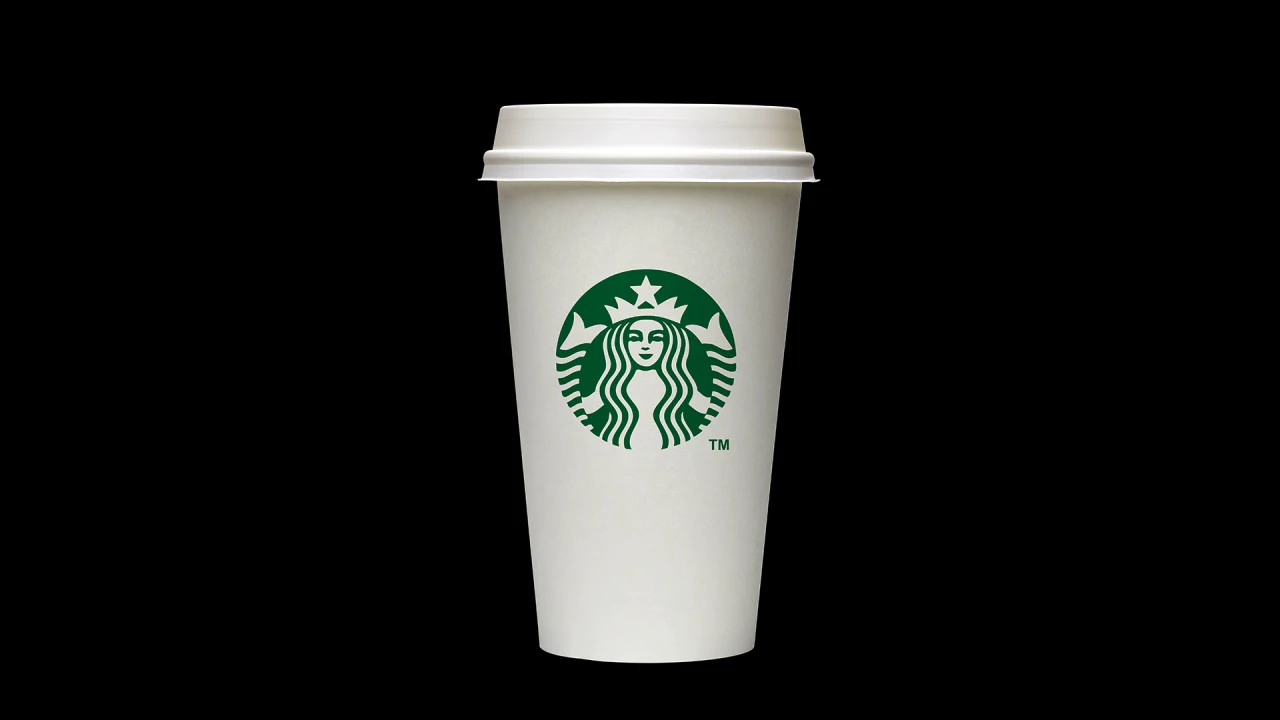
Shares in coffee giant Starbucks Corporation (Nasdaq: SBUX) are down significantly in premarket trading this morning after the chain announced its Q2 2025 earnings results yesterday after the bell.
Those results were described as “disappointing” by Starbucks’s own CEO, Brian Niccol, and demonstrate that the company’s turnaround efforts still have a long way to go. Here’s the latest on Starbucks and what has investors nervous:
Starbucks Q2 2025 results below expectations
In January of this year, Starbucks announced its Q1 2025 earnings, in which it beat Wall Street expectations—a small win for the company and for Niccol, who joined as CEO from Chipotle Mexican Grill in the summer of 2024. But it’s not a win that was repeated in the company’s second quarter.
Yesterday, Starbucks reported earnings for its Q2 of fiscal 2025. That quarter had 13 weeks in it and ended on March 30. Unlike the previous quarter, Starbucks did not beat Wall Street expectations. Wall Street analysts had expected revenue of $8.83 billion and an adjusted earnings per share (EPS) of 49 cents, according to Yahoo Finance. Instead, Starbucks posted the following:
- Revenue: $8.76 billion
- Adjusted EPS: 41 cents
But the revenue and EPS miss isn’t what seems to be rattling investors most. That would be Starbucks’s disappointing comparable sales results.
“Comparable sales” are a metric that looks at the sales of the same stores that have been open for at least a year. If comparable sales are increasing, that’s a good sign as it means the same stores are bringing in more customers, larger orders, or both. But if comparable sales are down, it suggests lower foot traffic or that customers are reducing the amount of money they spend at the store.
Unfortunately for Starbucks, comparable sales in U.S. stores that have been open for at least a year fell during Q2—and it was the fifth straight quarterly fall of U.S. comparable sales.
Starbucks says that U.S. comparable store sales declined 2% during the quarter, and U.S. comparable transactions were down 4%. It was a little better in China, however, which is the company’s second-largest market after the United States. In China, comparable sales were at least flat quarter-over-quarter.
But you would be right to wonder if flat comparable sales in China could get worse, as consumer sentiment across the globe is increasingly becoming anti-American due to President Trump’s trade wars, which are leading to economic strife with America’s largest trading partners.
Niccol seemed keen to paint a rosy picture of Starbucks’s operations and future in the country. As noted by Yahoo Finance, the Starbucks CEO said on the company’s earnings call yesterday, “I want to be clear that we remain committed to China for the long term. We see great potential for our business there in the years ahead, and remain open to how we achieve that growth.”
“Back to Starbucks” . . . or not
Late last summer, Niccol was brought on board at Starbucks as its new CEO in order to turn the struggling chain around. As part of that turnaround, Niccol unveiled the “Back to Starbucks” plan in which he implemented a number of changes, including a simplified menu and a controversial no-loitering policy.
However, Starbucks’s latest Q2 results and the company’s continued decline in comparable U.S. sales will leave many industry watchers wondering just how well that “Back to Starbucks” plan is working.
Niccol himself acknowledged that Starbucks’s “Q2 results are disappointing,” but quickly noted that “behind the scenes we made a lot of progress and have real momentum with our ‘Back to Starbucks’ plan,” according to Yahoo Finance.
Niccol also addressed the plan directly in the company’s official earnings release, saying, “My optimism has turned into confidence that our ‘Back to Starbucks’ plan is the right strategy to turn the business around and to unlock opportunities ahead.
He added: “Improving transaction comp in a tough consumer environment at our scale is a testament to the power of our brand and partners getting ‘Back to Starbucks.’ We are on track and if anything, I see more opportunity than I imagined.”
SBUX stock sinks
However, while Niccol might see more opportunity, investors—for today at least—seem to have a hard time imagining the same.
As of the time of this writing, Starbucks stock is now down over 8% in premarket trading to $78 per share. SBUX shares had closed yesterday up about 1.1% to $84.85 before the company announced its Q2 results.
Year to date, Starbucks shares were already down over 7% as of yesterday’s close—before today’s further 8% premarket drop. As of yesterday’s close, shares were also down nearly 4% over the past 12 months.







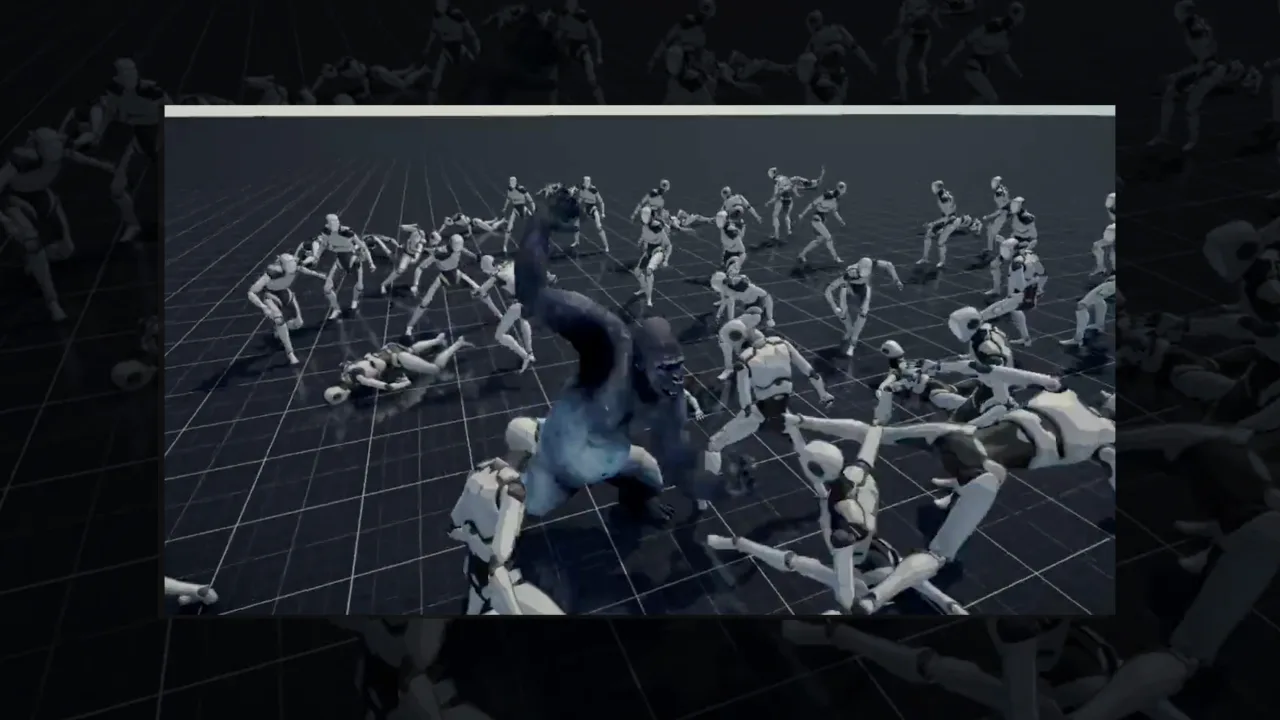

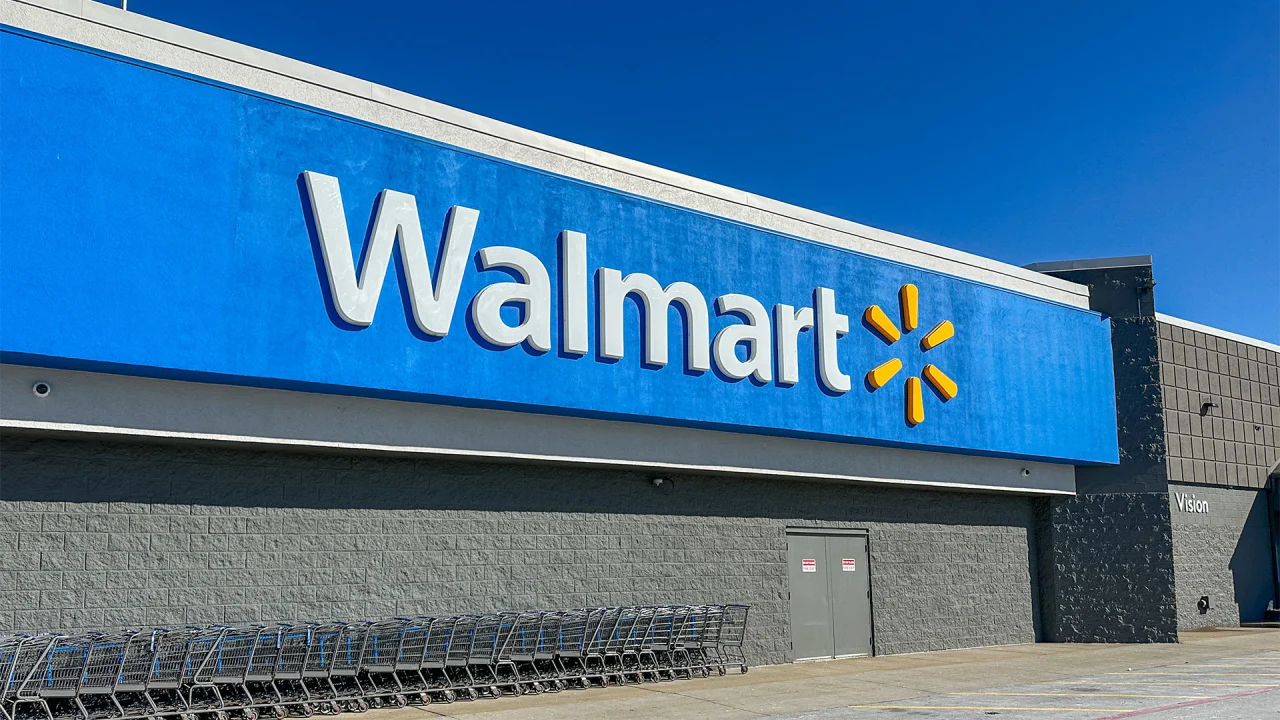





















































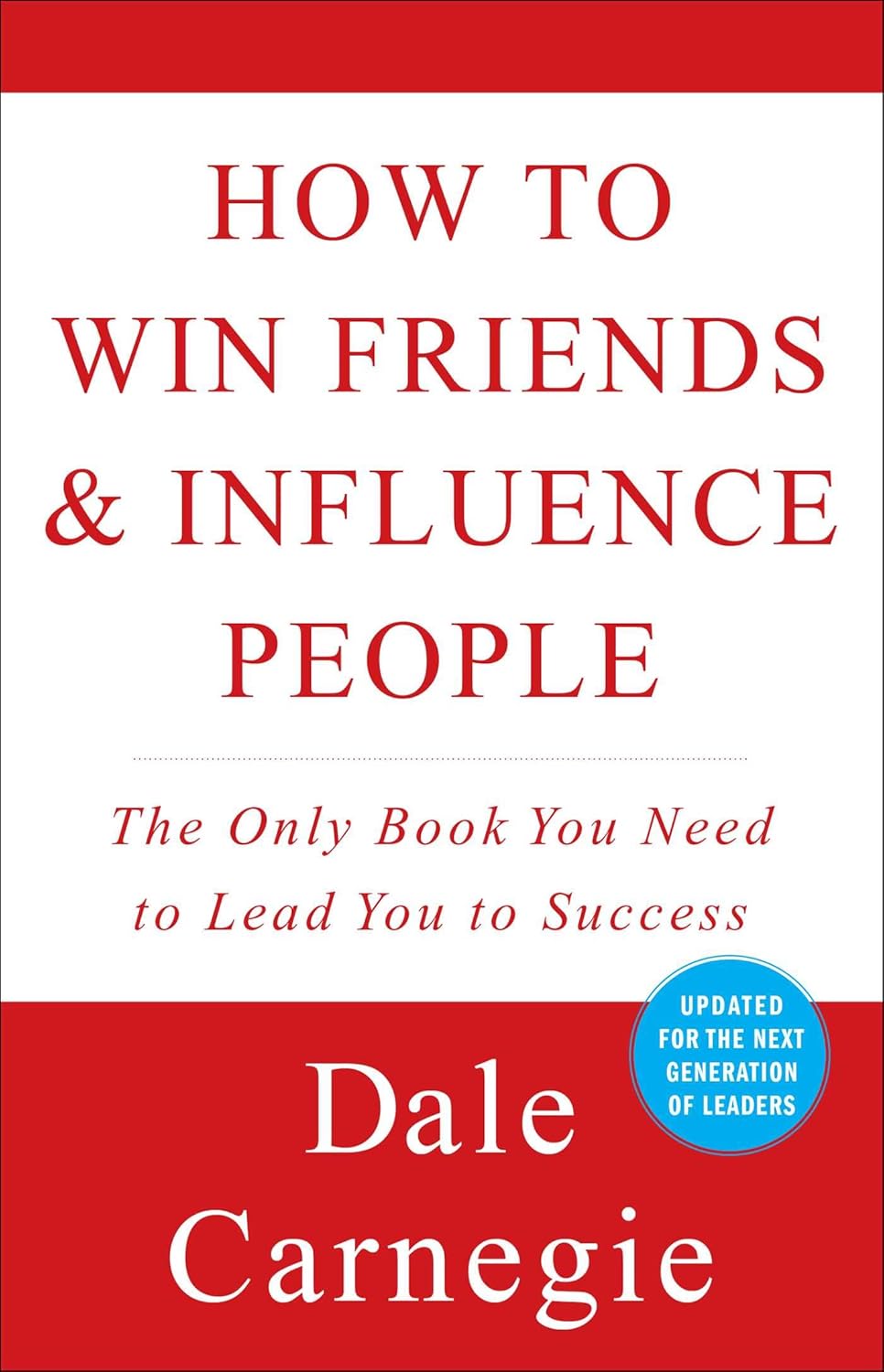







































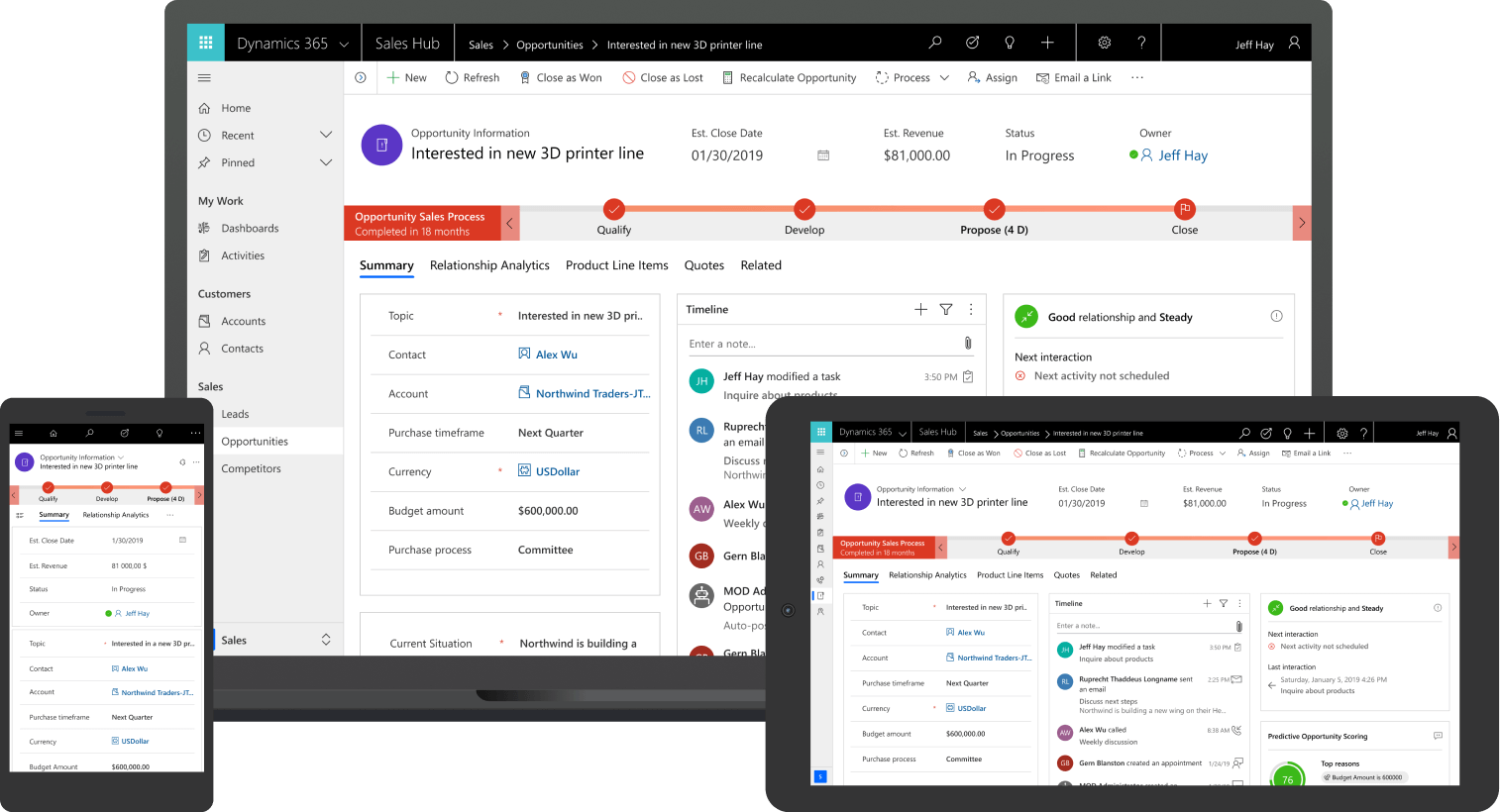
![Building A Digital PR Strategy: 10 Essential Steps for Beginners [With Examples]](https://buzzsumo.com/wp-content/uploads/2023/09/Building-A-Digital-PR-Strategy-10-Essential-Steps-for-Beginners-With-Examples-bblog-masthead.jpg)









